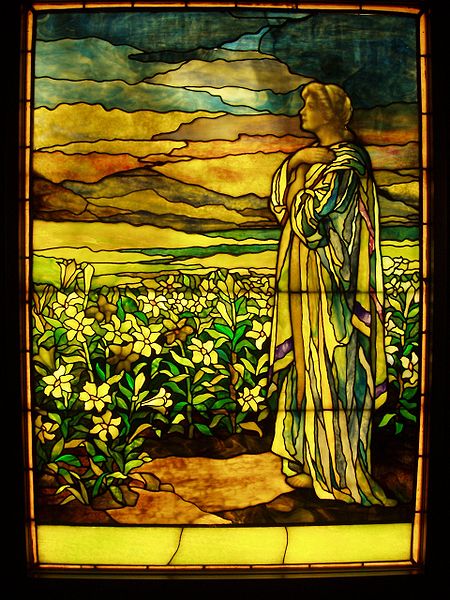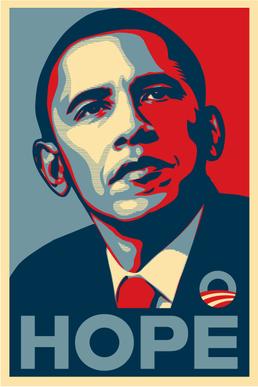
For 300 years, from the 1200’s to 1500’s the Rhine River Valley in Europe experienced an astonishing revival of Christian experience among regular people. One of the great expressions of it was the founding of many communities of “beguines” and their male counterparts “beghards.” These communities were part of a huge spiritual movement that stressed the imitation of Christ’s life through voluntary poverty, care of the poor and sick, and religious devotion. {Check out the best seller of the time]
I am praying for a new flowering of similar discovery and passion in our own time. If you read this blog, you probably stoke my hope. Many younger Jesus-followers, in particular, are trying on the basic Christianity their recent ancestors in faith have abandoned for political fights and empire thinking. Circle of Hope is a good opportunity to try on some beguine-like radicality. So can we re-begin the beguines? We are in the process of refining our church in many ways, these days, could the beguines lead us?

What is a “beguine?”
No one knows for sure where the word “beguine” came from. It could be a derivation of “beige,” since many of these people were heavily involved in the flourishing new cloth manufacturing trade in Europe and wore simple tan clothes. Maybe they’d be called “denims” today. But “beguine” could also be a pejorative nickname that stuck, like “Christian” — no one really knows.
I admit, when I remembered these inspiring people the other day, I passed over the great mystics among them and went straight to Begin the Beguine by Cole Porter (who may be as obscure to some of you as the 13th century!). In the Creole language of Martinique and Guadeloupe a beguine is not a Christian lay woman living in a religious community without formal vows. The term came to mean “white woman” in general, and then it came to be applied to a style of music and dance, and in particular a slow, close couples’ dance. Cole Porter popularized this dance wherever people were cool in the 30’s and 40’s. There is not much connection between Cole Porter and my spiritual heroes, which goes to show how spiritual movements flourish, get co-opted or corrupted and are lost on some dance floor. But I persist.
According to the famous mystic, John of Ruusbroec, the beguines’ religious and political opinions were similar to those expressed by anarchists of later centuries. Religious authorities believed their members had heretical tendencies and sometimes tried to bring disciplinary measures against them (Marguerite Porete was burned at the stake in Paris on charges of heresy in 1310). The Beghards were even more public about their reforms; during the 14th century, they were repeatedly condemned by the Pope, the German bishops and the Inquisition. Before the close of the Middle Ages, the communities were in decline, diminished by institutionalization, persecution and the waning of the textile trade. But some beguinages kept going for 800 years until the last beguine died in 2013.
They weren’t trying to build a legacy, anyway, much the opposite; they were just trying to have a life in Christ. When radicals like the Franciscans started speaking the gospel outside the church and its power structure, in the vernacular and not just in Latin, it led to thousands of people acquiring a genuine relationship with Jesus, which ultimately led to an intimate oneness with God. This spiritual progression was ultimately known as “mysticism” [link to posts on “mystical hope“].

Part of a great movement of the Spirit
Responding to itinerant preachers before the year 1200, women by the thousands flocked to various convents. The communities did not have room for all of them. So they joined together in their own communities for spiritual growth and pooled their resources to buy large houses to live in a city (above), or whole sections of it. Initially, the beguines were widows and single women, but soon married women found ways to connect. They were devoted to the poor. Some of the first houses formed around infirmaries where many volunteered. They bought the new Bibles being translated into local languages and studied together. They wrote their own devotional books, music and philosophy. Some of the earliest books in Dutch and German were written by Beguines, such as Hadewijch of Brabant and Mechthild of Magdeburg. Radically in love with Jesus, these women saw themselves as brides of Christ and gave their lives to the pursuit of knowing Jesus and serving his cause.
How far can we go with similar intent? It would be great if some of our good businesses became means for people to pray together, then go work on their common business. It would be amazing if people saw our cells and congregations as distinct parts of the city where people protected one another’s relationship with God. It would be wonderful if we managed to care for the poor in new ways that did not rely so much on corporations and government. It would be wonderful to incorporate more of the feminine and fluid theology of the era of the beguines. It would be great if we unleashed our creativity even more to give voice to the movement of Jesus among us. It would be miraculous if our sense of alternativity blossomed into another movement of the Spirit in our time.
I know we are in the process of trying all these things right now. So miracles could occur! Some of us just have a toe in the water, some of us are kind of over “radicality,” some of us are on the other side of Christ-centered faith, many of us are just beginning to walk with Jesus. As the beguines demonstrated, it doesn’t really matter who one is or where you are on the faith journey; renewal and inspiration are all about the Spirit of God — and the Lord’s Spirit is not bound by who we are right now. Where could we go? And who might we become? We have courageous examples from the past who suggest exciting ways to develop.

 Long before we know Jesus, we have had experiences of being swept up in the flow of God’s good purpose. This “quality of aliveness” was called “righteousness” in the Old Testament, as in Psalm 23: “He restores my soul; he guides me in the paths of righteousness.” Unlike how many people read that couplet, the psalmist did not mean we should stay within the lines of a moral template so we will succeed at building an ideal replica of God’s kingdom and be justified by it. The poet was reminding us we live in a Spirit-charged “force field” (as we might picture it), a force field in which everything we do must move in order to come to fruit. The inner and outer need to sync up: our souls are restored and our feet are guided; as Jesus says, we become good trees that bear good fruit; as Psalm 1 says, we are good trees planted by flowing streams of righteousness.
Long before we know Jesus, we have had experiences of being swept up in the flow of God’s good purpose. This “quality of aliveness” was called “righteousness” in the Old Testament, as in Psalm 23: “He restores my soul; he guides me in the paths of righteousness.” Unlike how many people read that couplet, the psalmist did not mean we should stay within the lines of a moral template so we will succeed at building an ideal replica of God’s kingdom and be justified by it. The poet was reminding us we live in a Spirit-charged “force field” (as we might picture it), a force field in which everything we do must move in order to come to fruit. The inner and outer need to sync up: our souls are restored and our feet are guided; as Jesus says, we become good trees that bear good fruit; as Psalm 1 says, we are good trees planted by flowing streams of righteousness.




